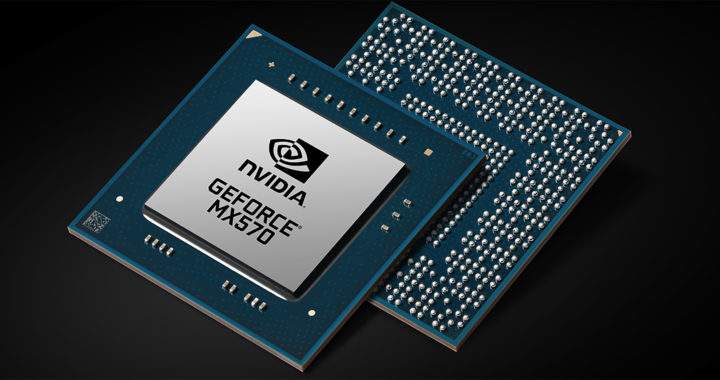There are different sub-brands of graphics processors within the GeForce brand from Nvidia. The specific Nvidia GeForce MX is a family of entry-level and budget-friendly discrete graphics processing units developed and deployed for laptops. It is one of the notable competitors to the Intel Iris Xe brand of integrated graphics processors found in most Intel Core processors and it is the counterpart to the Nvidia GeForce GT line of GPUs designed and marketed for desktop computers.
Pros of Nvidia GeForce MX: Notable Features and Advantages
Nvidia first introduced the GeForce MX line in 2017 with the release of the GeForce MX150. The initial graphic processors produced under the line were based on the Pascal graphics processor microarchitecture. Newer models have been released and the latest are based on the newer and better graphics processor Ampere microarchitecture.
The entire line caters to the budget-level market segment. The specific selling proposition is to offer discrete GPUs that offer a significant performance boost over integrated graphics solutions from companies like Intel without compromising power efficiency. This makes MX Graphics processors ideal for thin and light laptop computers.
Below are the specific advantages of the MX GPU line:
1. Better Performance
The main advantage of Nvidia GeForce MX GPUs rests on the specific benefits of discrete graphics processors over integrated graphics. These GPUs provide laptops with decent graphics processing capabilities for tasks such as casual video gaming and light graphics and video editing.
2. Power Efficiency
Another selling point of this GPU line is that they consume less power than mid-range and top-tier graphics processors. This comes from their power-efficient architecture and the inclusion of the Dynamic Boost technology that controls power allocation when needed. The processor is turned off when not needed.
3. Affordable Price
These GPUs are entry-level and budget-friendly graphics solutions designed for entry-level to mid-range laptops and even smaller desktop computers. Nvidia has used a more efficient and less complex manufacturing process to reduce the production cost and final price point of its GeForce MX GPUs.
4. Expansive Options
Another advantage of the Nvidia GeForce MX line of GPUs is the availability of wide options. The line is available in different models. Each has different specifications and performance levels. The most powerful MX GPU is the GeForce MX570 while the GeForce MX550 is a more affordable option.
5. Upgradable
Take note that discrete GPUs are removable. This means that a user of a particular laptop can replace the GPU of his or her device and upgrade to a newer and better one. Removability also allows easier repair and servicing. This is another advantage of devices equipped with an MX graphics processor.
Cons of Nvidia GeForce MX: Key Issues and Disadvantages
It is important to reiterate the fact that the entire Nvidia GeForce MX line of discrete graphics processors is designed for low-power use and is marketed for entry-level consumers. These processors still perform well than most integrated graphics processing solutions but one should not expect these hardware components to handle more graphics-intensive tasks.
The arrival of the Intel Iris Xe integrated GPUs and their continuous improvements over newer generations have also created a strong argument against budget-focused discrete graphics solutions like the MX GPU line. Several benchmarks and real-world tests have also shown that the Iris Xe GPUs have better graphics processing capabilities.
Below are the specific disadvantages of the MX GPU line:
1. Limited Capabilities
These GPUs are designed to handle average tasks that require graphics processing. They are co-processors aimed to supplement the performance of CPUs. However, despite the fact that they are graphics processors, they would struggle under graphics-intensive tasks such as high-end video gaming.
2. Noise Generation
Another notable disadvantage of Nvidia GeForce MX GPUs is that they can be noisy when under load or when the device equipped with an MX GPU is placed and used in a hot environment. These processors trigger fans. They might be unsuitable for users who are sensitive to loud sounds.
3. Excessive Heat
Processors produce heat. There are times when they produce excess heat when under heavy load. This happens to an MX GPU when thrown with tasks that require demanding graphics processing. An adequate cooling system or heat management is necessary to avoid overheating and damage to hardware components.
4. Reduced Battery
It is also important to note that these graphics processors might be power efficient but they can reduce the battery life of a laptop when under too much stress or when used for prolonged graphics processing. The additional power consumption comes from boosted processing and heat management.
5. Possible Obsolescence
The advantages of Intel Iris Xe have threatened the market position of GeForce MX GPUs. It is important to note that there are no new laptops that were introduced during the 2023 Consumer Electronic Show. This sparks rumors and assumptions that Nvidia will be discontinuing the entire line soon.
